With his skull encased in a bright blue helmet, Steve Corral places the top of his head firmly onto the wooden floor. His arms braced against the floor, he kicks into rapid head spin, twisting around and around like an upside-down figure skater.
“Everybody’s tried to spin on their head one time in their life,” laughs b-boy Ricky Barazza. Only Barazza, Corral and the rest of Las Vegas b-boy crew Knucklehead Zoo didn’t stop after their first bruised foreheads. Most of crew’s dancers have been b-boying for about 10 years, and now, in their mid- to late-20s, they’re trying to make breakdancing their full-time job.
An urban street dance developed in 1970s New York, b-boying caught on in the ’80s, becoming overwhelmingly popular and, in the process, depressingly watered-down. But if you think breakdancing is about doing the Robot on the nightclub dance floor, you haven’t met modern b-boys. They aspire to the stage and the sound lot; they choreograph elaborate routines and they compete as a team.
But they didn’t always get paid for dancing. “We’d dance for a bottle.” Knucklehead Zoo b-boy Alfonzo Echevarria remembers. “We got the partying out of the way. Now it’s business.”
In 2005 the crew caught a break in the documentary Planet B-Boy. The film followed the Vegas squad, National Champions in 2005 and 2006, to the annual Battle of the Year competition in Hannover, Germany. The annual competition is the international summit of breakdancing, and while the title of champion went to South Korean crew Last for One, the movie brought Knucklehead Zoo valuable exposure.
However, it’s nearly impossible to make a living off break dancing alone. Head spin expert Corral is in the cast of The Beatles/Cirque du Soleil production Love at The Mirage. Barazza dances in Steve Wyrick’s Strip show. Two other crew members are competing on America’s Best Dance Crew, and all the dancers pick up work at private parties and corporate events. Oh, and bar mitzvahs. They’re huge on the East Coast, one of the guys tells me.
“There’s no set career path for us,” dancer Justin Buenaventura says. “We don’t really know where it’s going.”
This uncertainty creates a nervous energy in the unfurnished living room where Knucklehead Zoo practices, as if they’re just one air flare shy of going from obscurity to household names. As they dance, they talk of being pioneers in an art form that, at only 30-something years old, is still a relative infant.
“There’s no conservatory of the arts for breakdancing. Breakdancing is still … when [people] think about it … a fad of the ’80s,” Echevarria says.
However, in Vegas at least, b-boying is experiencing a kind of revival.
“It’s small, but it’s thriving,” Corral says of the Vegas b-boying scene. The city, he adds, has the “best b-boys per capita on the West Coast.”
Decades from now, the Knucklehead Zoo dancers predict, b-boying will be like ballet: respected and well-funded, widely recognized for the dedication and athleticism it requires. But for now, Knucklehead Zoo plow ahead patiently. After a decade of dancing in other peoples’ shows and at other peoples’ clubs, this fall the crew is debuting a stage-show of their own called Rewind at the New Victory Theater in New York.
“It’s going to feel like going to see the blue men (of Blue Man Group), but with b-boying,” Buenaventura says of the show, which traces the evolution of b-boying from urban street dance to music video staple.
The 10-member crew has choreographed it together, brainstorming themes, choosing music, and sewing together sequences and solos that spotlight everyone’s talents, whether they be power moves, the backwards worm or gravity-defying freezes.
“It’s like a baseball team when we’re out there,” says Barraza, “we all follow our role.”
Ultimately, that’s what being a crew is all about.
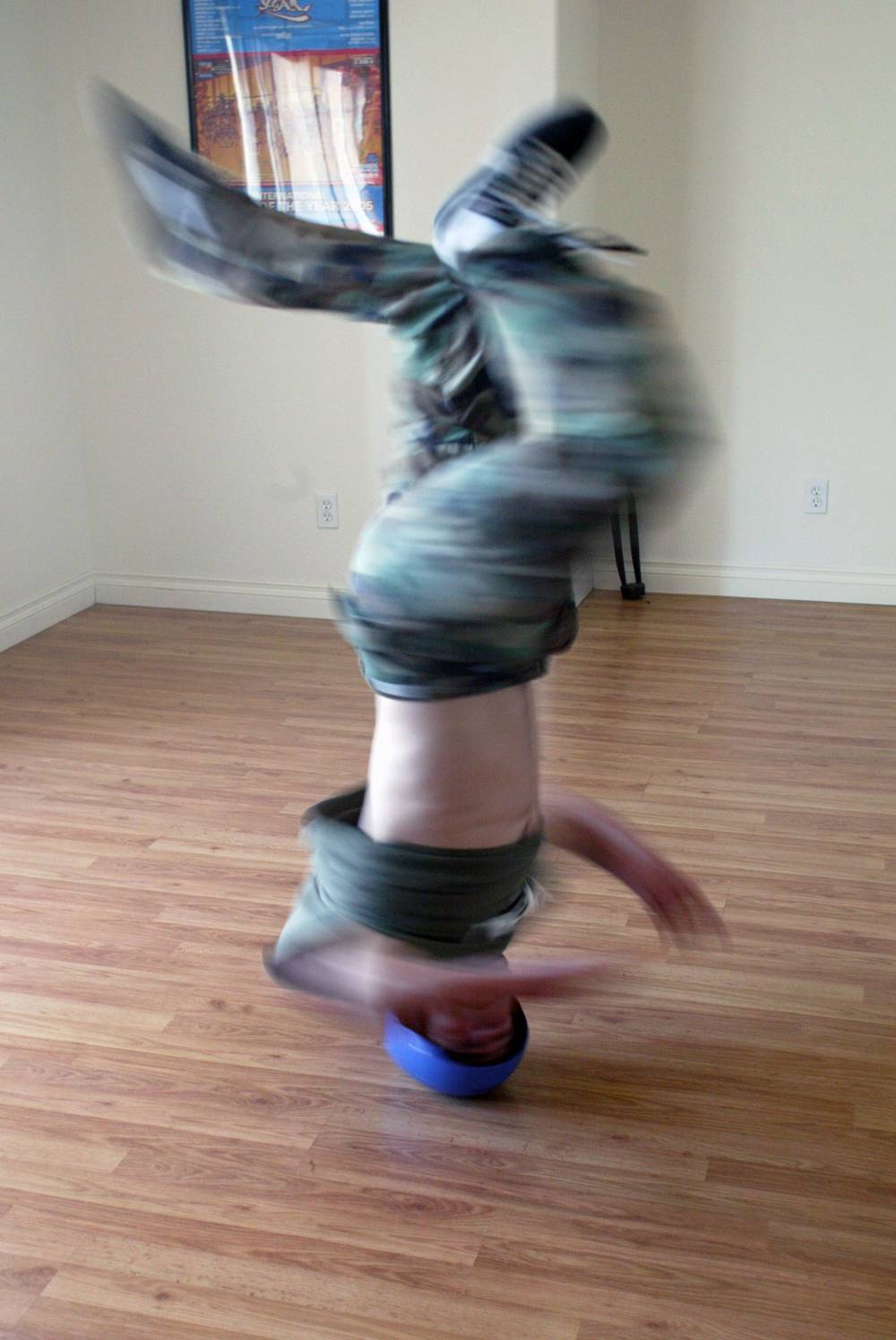




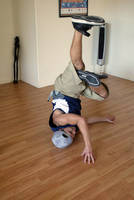

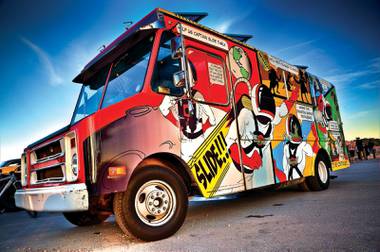
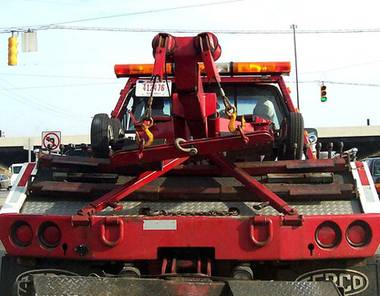
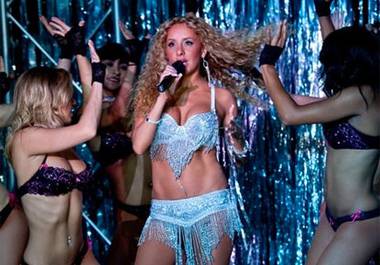
Previous Discussion: